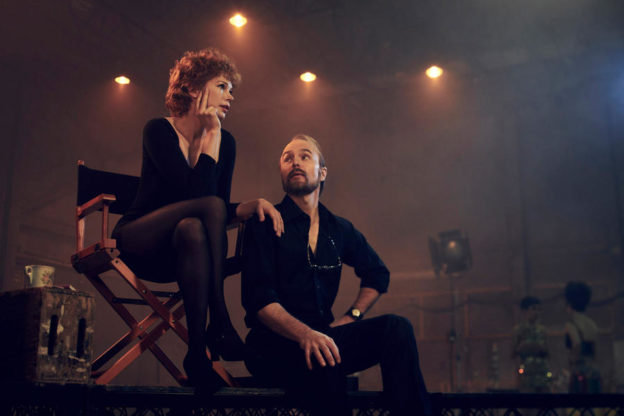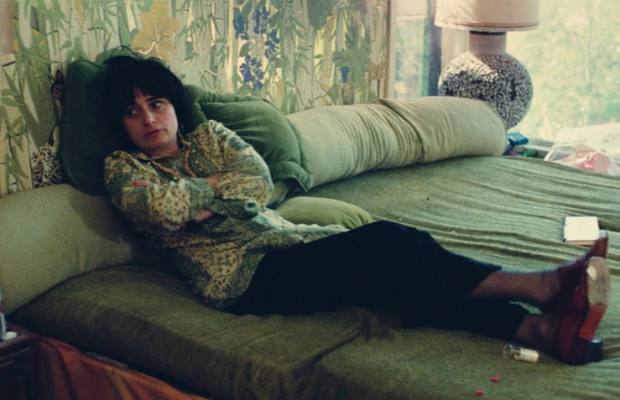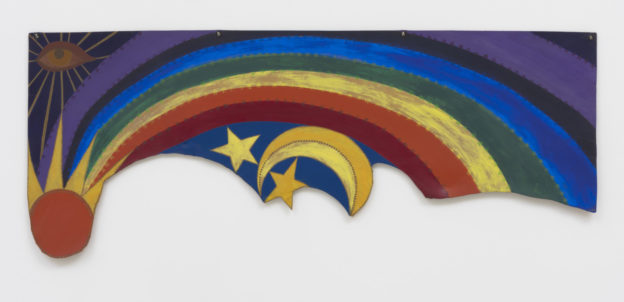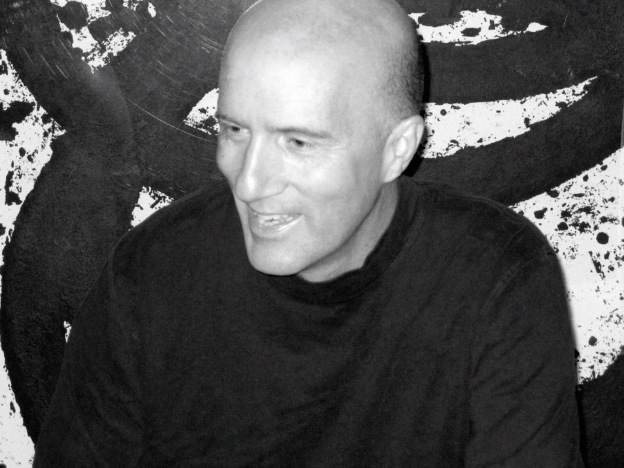In support of the release of his new documentary MEETING GORBACHEV, director Werner Herzog is in town this week, making several public appearances.
MEETING GORBACHEV was co-directed by André Singer.

MEETING GORBACHEV, and conversation with WERNER HERZOG
Tuesday, April 30, at 7:30 pm.
Bing Theater, LACMA
5905 Wilshire Boulevard, Los Angeles.
Friday and Saturday, May 3 and 4, at 7 pm.
Nuart Theatre
11272 Santa Monica Boulevard, West Los Angeles.
WERNER HERZOG IN CONVERSATION, with career film clips
Thursday, May 2, at 7:30 pm.
Linwood Dunn Theater
1313 Vine Street, Hollywood.

From top: Meeting Gorbachev, Werner Herzog (left) and Mikhail Gorbachev; Gorbachev in Moscow in the late 1980s; Herzog in front of the Kremlin. Images courtesy of The Orchard and the Toronto International Film Festival.






















